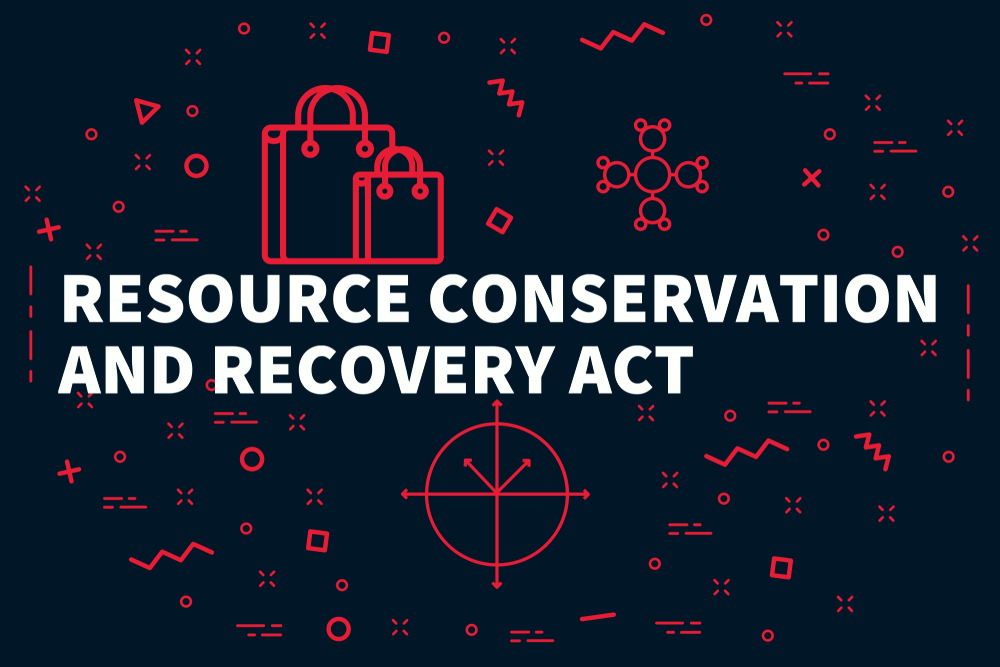Defining RCRA – Accuracy is critical when it comes to hazardous waste determinations. Facilities must keep track of the total volume for their waste generator status – which can change from month to month.
The Resource Conservation and Recovery Act (RCRA) is an important law put in place to protect the public from potential hazards of waste created by generators. The law forms a framework for how to properly manage both hazardous and non-hazardous waste. This includes the generation, transportation, treatment, storage, and disposal of the waste. What is also often referred to as “Cradle to the Grave.”
The program, created by the EPA and mandated by Congress as public law, is intended to protect both human health and the environment from any potential hazards created when waste is disposed of. It also focuses on conserving energy and natural resources and to reduce the amount of waste generated overall.
Facilities must use specific criteria to measure how much hazardous waste they generate monthly.
Hazardous waste is categorized by the EPA based on 4 characteristics:
- Ignitability (is it flammable?)
- Corrosivity (will it rust or decompose?)
- Reactivity (Is it explosive?)
- Toxicity (Does it contain anything that can be poisonous?)
For facilities that are determining the amount of waste they generate each month they must also consider the waste based on three different types:
- Acute hazardous wastes
- Non-acute hazardous wastes
- Residues from the cleanup of an acute hazardous waste spill
From here, based on their findings, facilities will fall into the following categories which also have their own disposal standards and requirements to follow if they want to remain in compliance.
- Very Small Quantity Generator (VSQG)
- Small Quantity Generator (SQG)
- Large Quantity Generator (LQG)
Accuracy is critical when it comes to hazardous waste determinations. Facilities must keep track of the total volume for their waste generator status – which can change from month to month.
In medical waste segregation, black containers to hold this waste – such as P-listed drugs, bulk chemo, and pathological waste are used.
You Might Also Like:
- It’s Flu Season: Waste Management Solutions for Vaccines
- What Happens to Medical Waste When It Leaves Your Facility
- What is Cradle to Grave Processing?

Service Areas: Long Island Medical Waste; New York City Medical Waste; Westchester Medical Waste and more!

